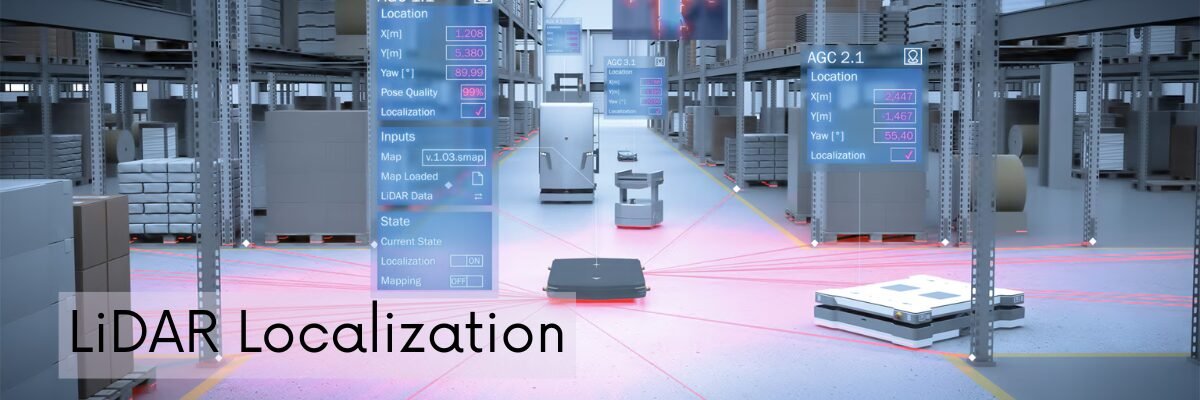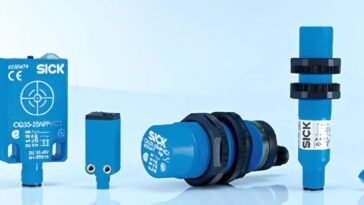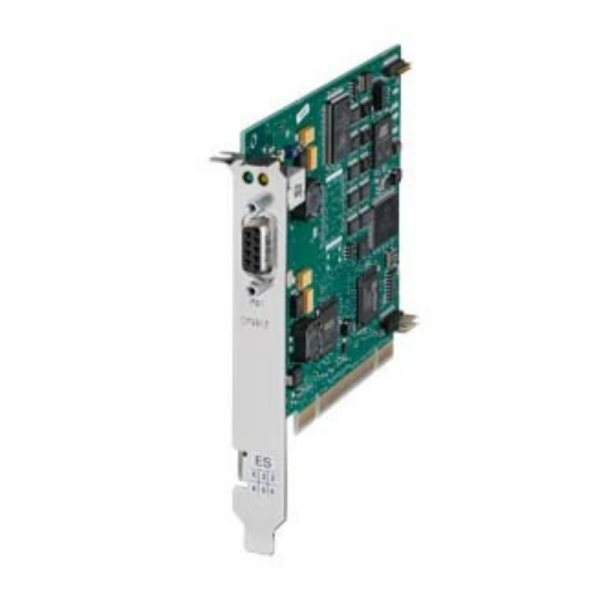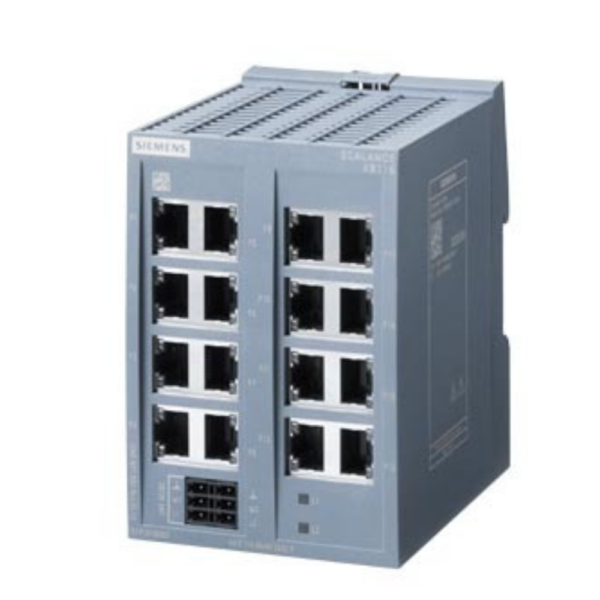Introduction
LiDAR (Light Detection and Ranging) technology has emerged as one of the most transformative innovations of the 21st century, revolutionizing how we perceive, map, and interact with our environment. From autonomous vehicles navigating complex urban landscapes to precision agriculture optimizing crop yields, LiDAR sensors are reshaping industries across the globe.
This comprehensive guide explores the fundamental principles of LiDAR technology, its diverse applications, current market trends, and what the future holds for this groundbreaking sensing solution.
What is LiDAR Technology?
Understanding LiDAR Fundamentals
LiDAR technology operates on a simple yet powerful principle: measuring distances by illuminating targets with laser light and analyzing the reflected light. The system calculates precise distance measurements by determining the time it takes for laser pulses to travel to an object and return to the sensor.
Key Components of LiDAR Systems
Modern LiDAR systems comprise several critical components:
- Laser Source: Emits coherent light pulses at specific wavelengths
- Scanner: Directs laser beams across the target area
- Detector: Captures reflected light signals
- GPS and IMU: Provide precise positioning and orientation data
- Processing Unit: Converts raw data into actionable information
Types of LiDAR Technology
The LiDAR market offers various sensor types designed for specific applications:
2D LiDAR Sensors: Ideal for obstacle detection, perimeter monitoring, and basic navigation tasks. These cost-effective solutions provide single-plane scanning capabilities perfect for industrial automation applications.
3D LiDAR Systems: Deliver comprehensive environmental mapping with multi-dimensional object recognition. Essential for autonomous vehicles, robotics, and complex spatial analysis.
LiDAR Applications Across Industries
Automotive and Transportation
The automotive industry represents the largest growth sector for LiDAR technology. Advanced Driver Assistance Systems (ADAS) and autonomous vehicles rely heavily on LiDAR sensors for:
- Real-time obstacle detection and collision avoidance
- Precise lane keeping and traffic sign recognition
- Weather-independent sensing capabilities
- High-resolution 3D mapping for navigation
Leading automotive manufacturers integrate LiDAR technology to achieve higher levels of vehicle autonomy, with industry experts predicting widespread adoption by 2030.
Industrial Automation and Robotics
Manufacturing facilities worldwide leverage LiDAR sensors to enhance operational efficiency and safety. Key applications include:
- Automated Guided Vehicles (AGVs): LiDAR enables precise navigation in complex warehouse environments
- Quality Control: 3D scanning for dimensional analysis and defect detection
- Safety Systems: Perimeter monitoring and personnel protection
- Inventory Management: Automated stock counting and space optimization
Smart Cities and Infrastructure
Urban planners and infrastructure developers utilize LiDAR technology for:
- Traffic monitoring and flow optimization
- Building information modeling (BIM)
- Environmental monitoring and pollution tracking
- Emergency response planning and disaster management
Agriculture and Environmental Monitoring
Precision agriculture benefits significantly from LiDAR applications:
- Crop health assessment and yield prediction
- Terrain mapping and water management
- Forest inventory and conservation efforts
- Archaeological site documentation and preservation
Benefits of LiDAR Technology
Superior Accuracy and Precision
LiDAR sensors deliver millimeter-level accuracy, surpassing traditional measurement methods. This precision enables:
- Detailed topographical mapping
- Precise object detection and classification
- High-fidelity 3D model generation
- Reliable performance in challenging conditions
Weather Independence
Unlike camera-based systems, LiDAR technology operates effectively in various weather conditions:
- Functions reliably in fog, rain, and low-light environments
- Maintains consistent performance regardless of ambient lighting
- Provides dependable data collection in harsh industrial settings
Real-Time Processing Capabilities
Modern LiDAR systems offer impressive real-time processing features:
- Instantaneous distance measurements
- Rapid data acquisition and analysis
- Low-latency response for critical applications
- Seamless integration with existing control systems
Current Market Trends and Statistics
Market Growth Projections
The global LiDAR market demonstrates remarkable growth trajectory:
- Market value reached $2.4 billion in 2023
- Projected to achieve $7.8 billion by 2030
- Compound Annual Growth Rate (CAGR) of 18.3%
- Automotive segment leads market expansion
Technology Advancements
Recent innovations in LiDAR technology include:
- Solid-State LiDAR: Reduced cost and improved reliability
- Flash LiDAR: Enhanced scanning speed and coverage
- Multi-Wavelength Systems: Improved material detection capabilities
- AI Integration: Advanced data processing and pattern recognition
Choosing the Right LiDAR Solution
Key Selection Criteria
When evaluating LiDAR sensors for your application, consider:
Range and Resolution Requirements
- Maximum detection distance needed
- Point cloud density specifications
- Angular resolution preferences
- Update rate requirements
Environmental Factors
- Operating temperature range
- Ingress protection rating (IP rating)
- Vibration and shock resistance
- Power consumption constraints
Integration Capabilities
- Communication protocols (Ethernet, CAN, USB)
- Software compatibility
- Mounting options and form factors
- Calibration and maintenance requirements
Cost Considerations
LiDAR system costs vary significantly based on:
- Technology type (2D vs. 3D)
- Range and accuracy specifications
- Brand reputation and support services
- Volume pricing and customization options
Future Outlook for LiDAR Technology
Emerging Applications
Next-generation LiDAR applications include:
- Healthcare: Medical imaging and surgical robotics
- Consumer Electronics: Smartphone 3D scanning and AR/VR
- Security: Perimeter protection and surveillance systems
- Entertainment: Motion capture and virtual production
Technology Evolution
Future LiDAR developments focus on:
- Miniaturization and cost reduction
- Enhanced processing capabilities
- Improved energy efficiency
- Better integration with AI and machine learning
Implementation Best Practices
System Integration Guidelines
Successful LiDAR implementation requires:
- Proper sensor positioning and mounting
- Adequate power supply and thermal management
- Regular calibration and maintenance schedules
- Comprehensive operator training programs
Data Management Strategies
Effective LiDAR data management involves:
- Robust data storage and backup solutions
- Efficient processing algorithms
- Quality control and validation procedures
- Secure data transmission protocols
Conclusion
LiDAR technology continues to drive innovation across multiple industries, offering unprecedented accuracy, reliability, and versatility. As costs decrease and capabilities expand, LiDAR adoption will accelerate, creating new opportunities for businesses and organizations worldwide.
Whether you’re developing autonomous systems, optimizing industrial processes, or planning smart city initiatives, understanding LiDAR technology’s potential is crucial for staying competitive in today’s rapidly evolving technological landscape.
Take Action Today
Ready to explore how LiDAR technology can transform your operations? Contact our expert team to discuss your specific requirements and discover the perfect LiDAR solution for your application. Our comprehensive range of sensors and dedicated support ensure your project’s success.
External Links:
- National Institute of Standards and Technology – LiDAR Guidelines
- International LiDAR Mapping Forum
- IEEE Standards for LiDAR Technology
- SICK AG – LiDAR Solutions
Internal Link Opportunities:










